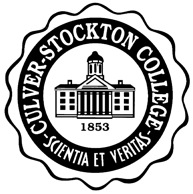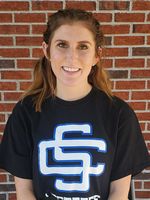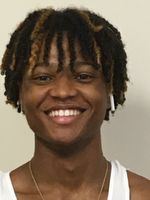Below is a summary of the abstract you submitted. Presenting author(s) is shown in bold.
If any changes need to be made, you can modify the abstract or change the authors.
You can also download a .docx version of this abstract.
If there are any problems, please email Dan at dar78@pitt.edu and he'll take care of them!
This abstract was last modified on March 18, 2021 at 10:50 a.m..

The goal of this experiment was to isolate and characterize a novel bacteriophage from an environmental sample. M. smegmatis mc2155 was used as a bacterial host to amplify putative phages in soil samples collected from the Northeast Missouri region. After three rounds of purification, putative phage samples were used to infect a lawn prepared from the host bacteria and the presence of bacteriophage was indicated by the appearance of clearings or plaques on the lawn. Two new phages were discovered: Roronoa and DrSeegs, and the latter was subjected to further analysis beginning with genomic sequencing. The DrSeegs genome was 75552 base pairs long and aligned with cluster L, subcluster L2. While the majority of the genes in the DrSeegs genome encode products of no known function, minor tail protein, scaffolding protein, major capsid protein, and portal protein were among the common gene products encoded by some of the 141 features identified. Additionally, 12 tRNA genes were identified. The programs used for annotation included DNA Master, Phamerator, Starterator, HHpred, NCBI BLAST and PECAAN.




